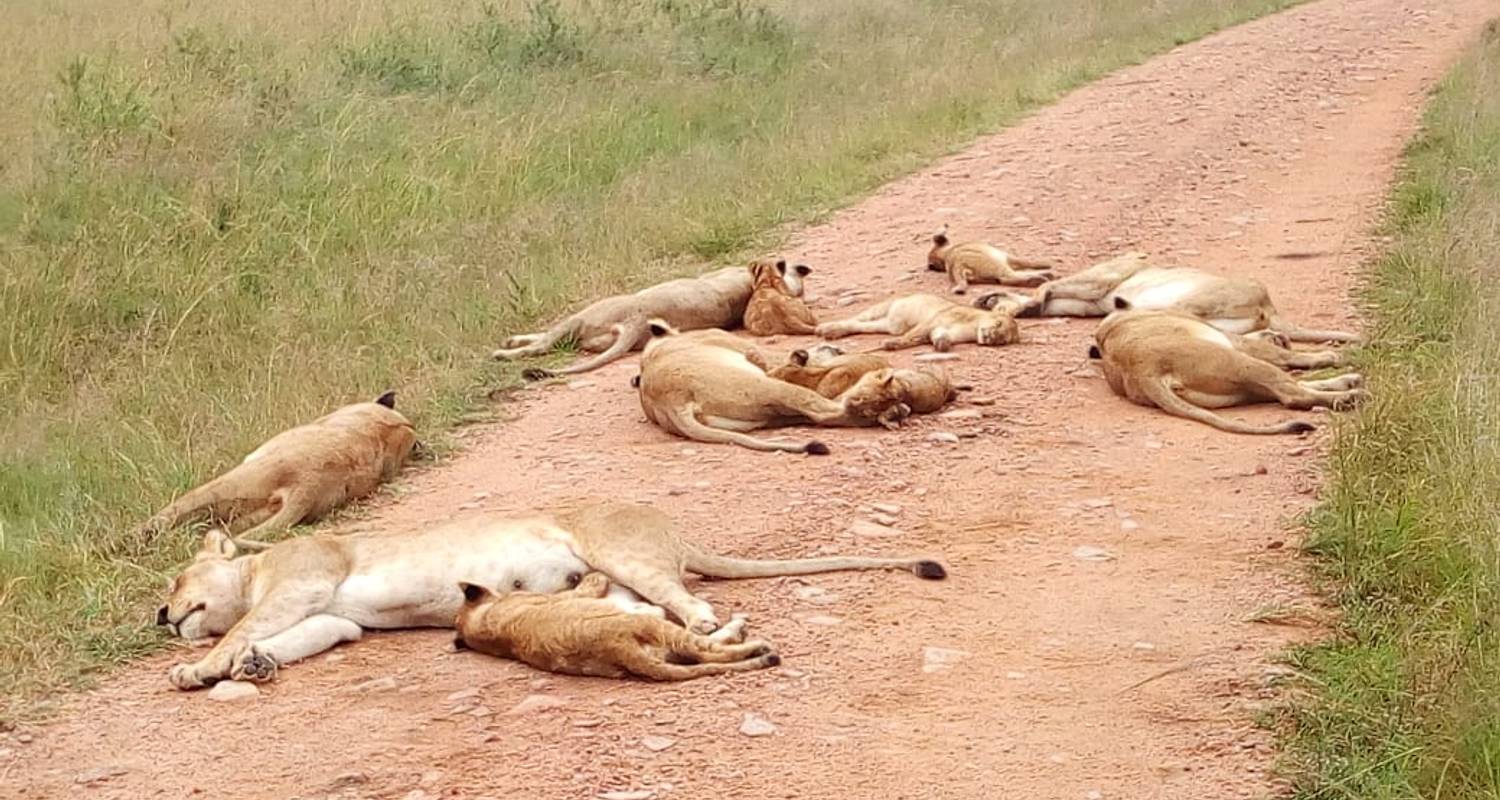
Exploring the Untamed Beauty: Tsavo National Park
- 0
In the heart of East Africa lies one of the continent’s most captivating natural wonders – Tsavo National Park. Spanning over 20,800 square kilometers, Tsavo is the largest national park in Kenya and is divided into two sections, Tsavo East and Tsavo West, separated by the Nairobi-Mombasa highway. With its diverse landscapes, abundant wildlife, and rich history, Tsavo National Park has become a paradise for nature enthusiasts and safari-goers alike.
Breathtaking Landscapes
Tsavo National Park’s landscapes are as varied as they are mesmerizing. Tsavo East boasts vast open plains, scattered with baobab trees and acacia shrubs. The Yatta Plateau, one of the world’s longest lava flows, stretches across the park and offers breathtaking views. On the other hand, Tsavo West is characterized by rugged terrain, volcanic hills, dense forests, and natural springs. The iconic Mzima Springs, an oasis teeming with hippos and crocodiles, is a must-visit attraction in Tsavo West.
Rich Wildlife Diversity
Home to an impressive array of wildlife, Tsavo National Park is a haven for wildlife enthusiasts. The park is renowned for its large elephant herds, and visitors can witness awe-inspiring elephant gatherings around waterholes during the dry season. Lions, leopards, buffalo, and rhinos also thrive in the park, forming part of the famous “Big Five.” Cheetahs, wild dogs, giraffes, zebras, and numerous antelope species are among the other animals that roam freely in Tsavo’s untamed wilderness.
Birdwatcher’s Paradise
For birdwatchers, Tsavo National Park is a paradise with over 500 bird species documented. From vibrant lilac-breasted rollers and elegant crowned cranes to predatory eagles and elusive hornbills, the avian diversity in Tsavo is truly remarkable. Birdwatching opportunities abound, especially around the park’s water sources, making it a dream destination for ornithologists and nature photographers.
History and Culture
Beyond its natural beauty, Tsavo National Park is steeped in history and cultural significance. The park’s name itself is derived from the Tsavo River, which meanders through the region. In the late 19th century, the construction of the Kenya-Uganda Railway was impeded by infamous man-eating lions that terrorized the workers in what became known as the “Tsavo Man-Eaters” incident. Today, visitors can learn about this intriguing history at the Tsavo Man-Eaters Museum.
Safaris and Conservation Efforts
Embarking on a safari in Tsavo National Park is an unforgettable experience. Whether you choose a traditional game drive, a guided walking safari, or even an adventurous night drive, the chance to encounter Africa’s wildlife in its natural habitat is unparalleled.
Conservation efforts play a vital role in maintaining the park’s ecological balance. Tsavo is home to several conservation organizations dedicated to protecting its precious wildlife and habitats. Visitors can actively participate in these initiatives, contributing to the preservation of this magnificent ecosystem for generations to come.
Conclusion
Tsavo National Park stands as a testament to the raw beauty and awe-inspiring biodiversity of Africa. Its expansive landscapes, thriving wildlife, and captivating history make it an essential destination for nature lovers and adventure seekers alike. As visitors explore the untamed wilderness of Tsavo, they will be enchanted by the park’s magnificence and leave with memories that will last a lifetime. So, pack your bags, embark on a journey of a lifetime, and discover the enchanting allure of Tsavo National Park.

